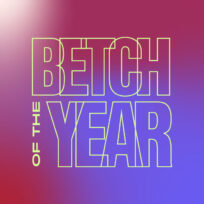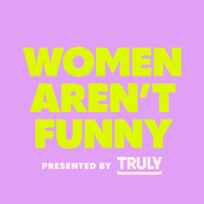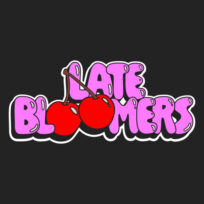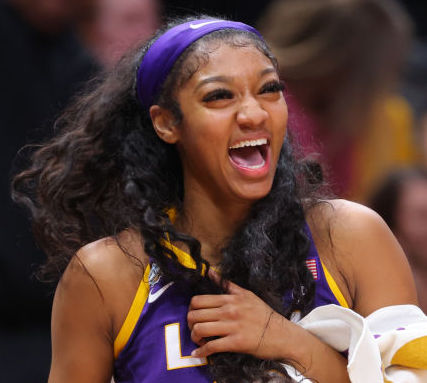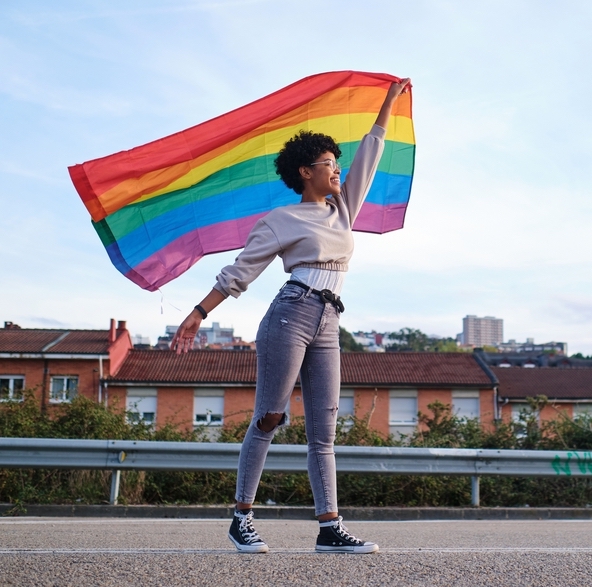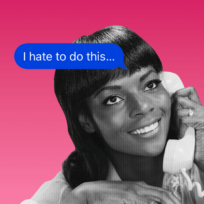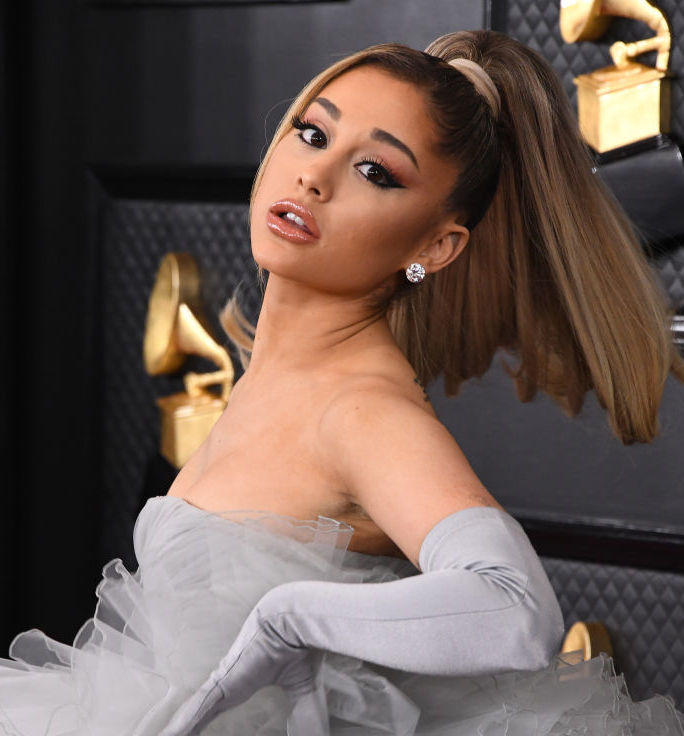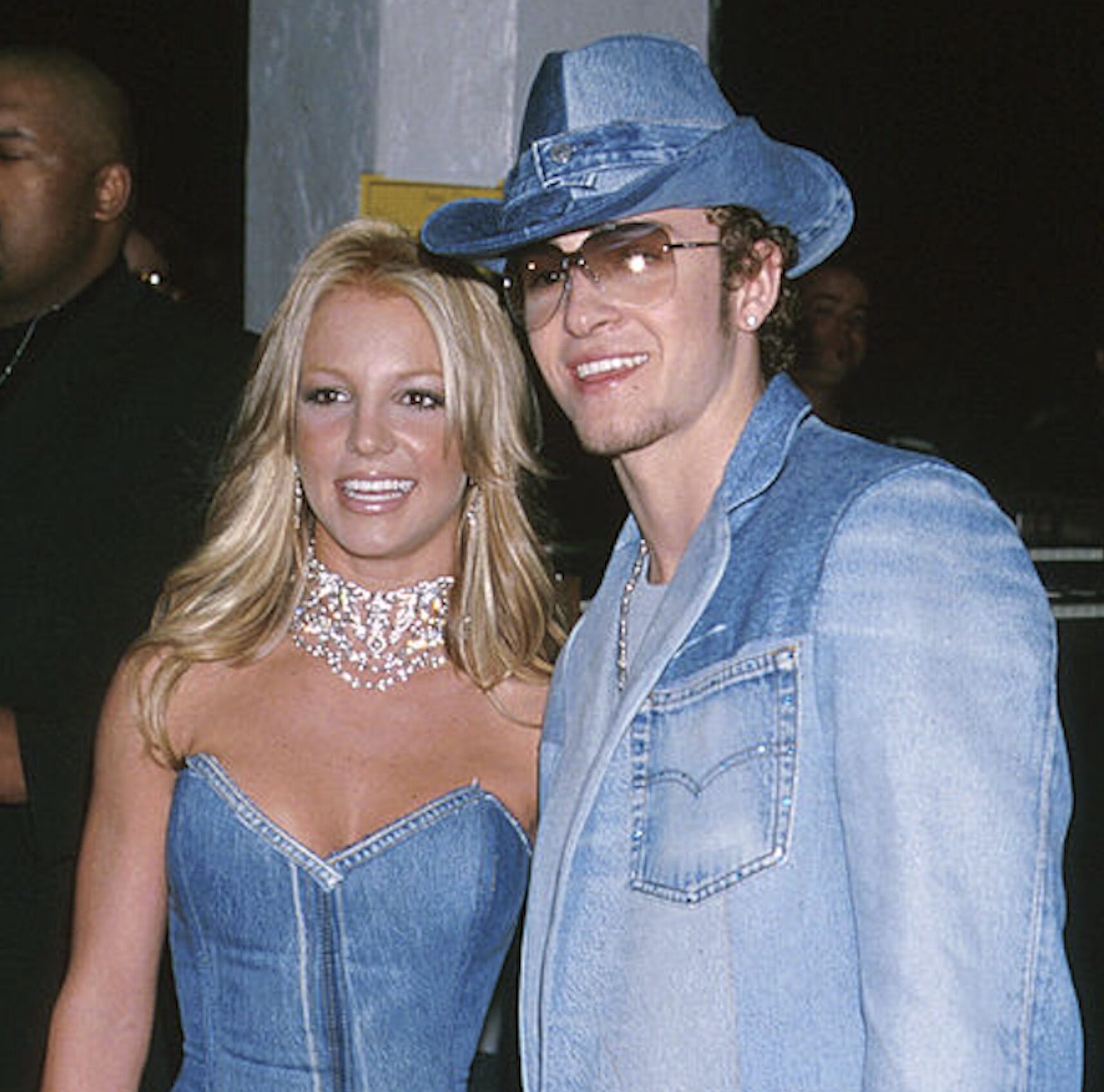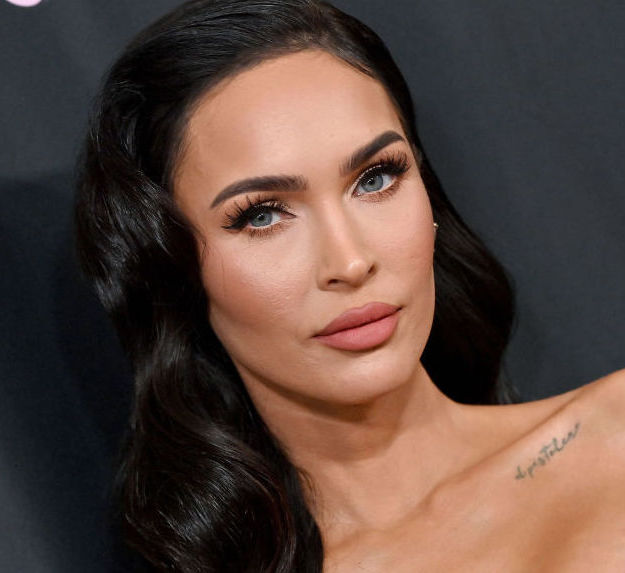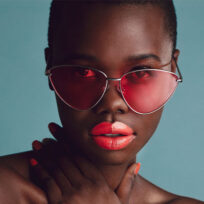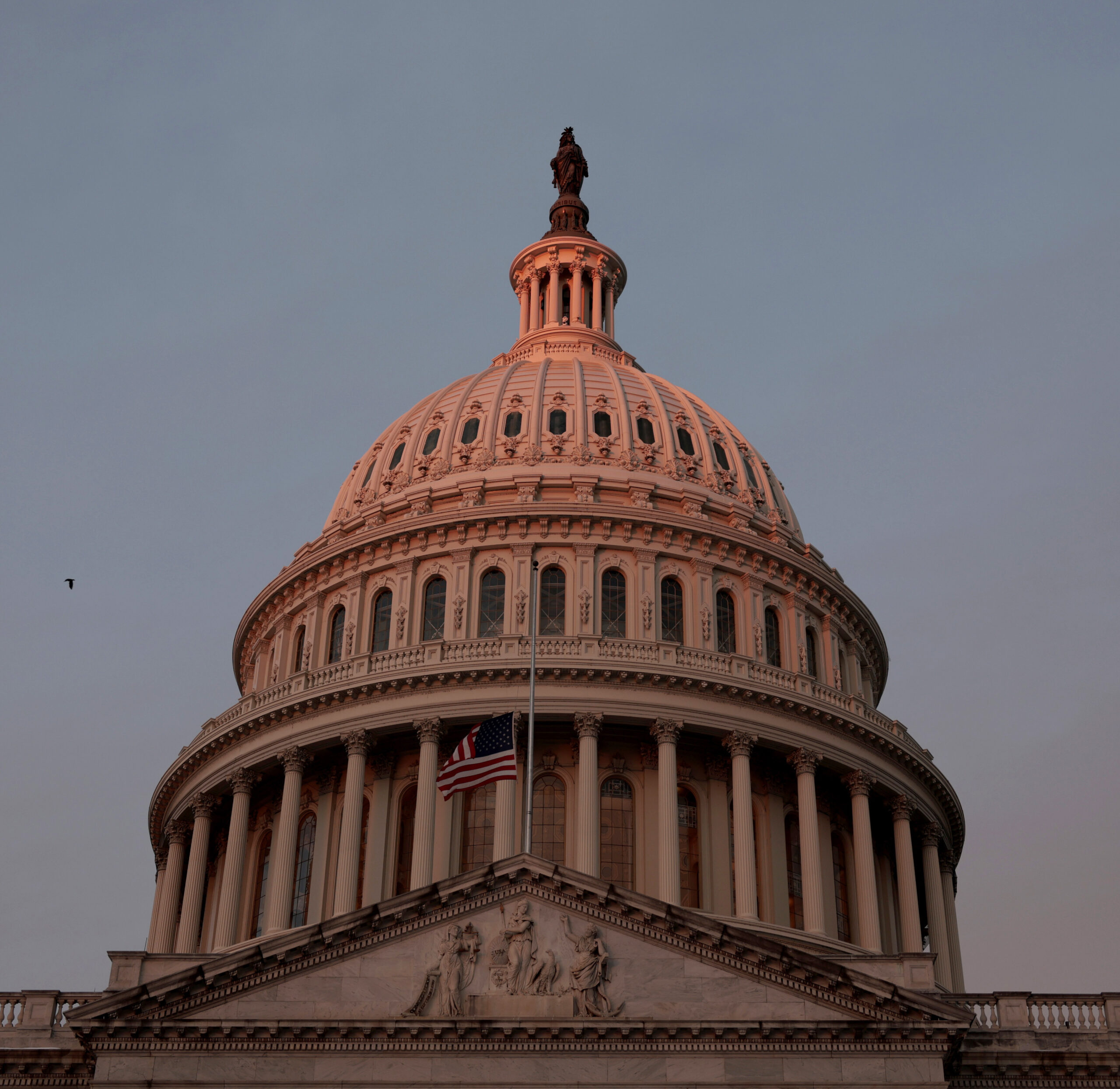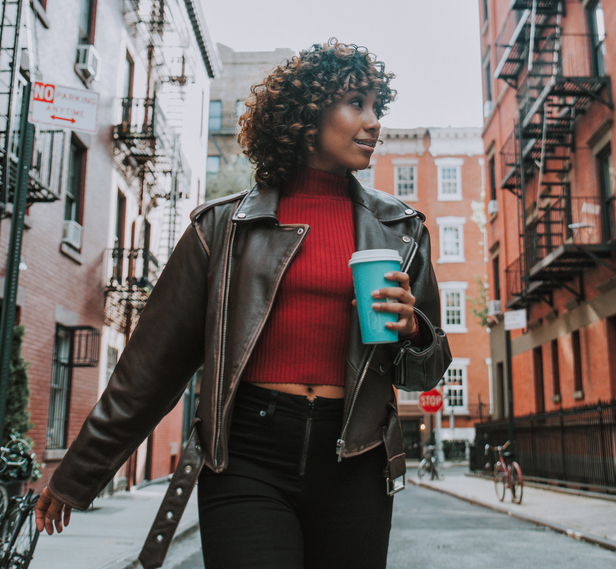A few months ago, when I was on my second or twelfth break from writing a paper I should have finished weeks ago, I turned to one of my favorite forms of distraction: TikTok. When I opened the app, I was greeted by a young woman with a heart drawn on her cheek describing some personality traits that she never realized were related to her ADHD diagnosis. This was the first time I had seen a TikTok about ADHD, though it didn’t surprise me at all to see that type of content on the app. Nice. The app I use to constantly distract myself from whatever work needs to get done that day is trying to tell me I have an attention problem. The more I watched, though, the more I noticed that this went a lot deeper than the FBI agents in our phones knowing way too much about us; there was an emerging trend of people, particularly women, talking about what it’s really like living with ADHD.
In fact, there are so many people talking about this that if you search “ADHD TikToks” on YouTube, you’ll find hours of video compilations of TikToks about the condition, especially in women. There are TikToks about the unusual symptoms in girls, TikToks explaining misconceptions about ADHD that have prevented women from getting a diagnosis until later in life, and videos of women describing the difficulties of their lives before they were able to receive a proper diagnosis. There are even tweets and TikToks from women who didn’t get an ADHD diagnosis until they recently saw a TikTok about ADHD—very meta. So, what’s really going on that stopping these women from getting the diagnosis they need?
Why Are All These Women Not Getting Diagnosed?
Many of the women in their TikToks discuss a common experience: how the belief that ADHD is a “boy’s disease” prevented them from getting a diagnosis. It’s true—when ADHD was first being researched, it was thought to be a hyperactivity disorder that only affected men during their childhood years, and the studies would only include young white males. That racist and sexist research is what was used to guide the writing of the DSM (Diagnostic and Statistical Manuel of Mental Disorders), and science’s foundational understanding of ADHD. At that point in time, only the most hyperactive young girls who presented similarly to boys could hope to get an appropriate ADHD diagnosis. Today, the gender difference in diagnoses of ADHD persists, and about three boys are diagnosed for every one girl, but this might have less to do with more boys actually having ADHD and have more to do with them exhibiting the more “stereotypical” features of it.
@princessaspien🌻ADHD Traits In Girls🌻 #adhd #fyp #autism♬ original sound – Chloé Hayden
In addition to the bias in diagnostic criteria, boys with ADHD who have hyperactive traits just tend to get noticed by professionals more often: they are more often hyperactive, aggressive, and impulsive, while girls tend to be usually dreamy and easily distractible. The boy who can’t sit still in class and talks over the teacher multiple times a day is probably going to get more attention than the girl who spaces out in math class.
So, Are The TikToks Right?
Obviously, anyone can post anything on TikTok at any time, and you can’t blindly trust every single video that you scroll past on your page. That said, it is absolutely true that ADHD can present differently in women. Unfortunately, the research is still pretty slim, but there is some literature on the differences. In a recent episode of ADHD Experts Podcast, Ellen Littman, PhD describes some of the lesser known problems that women with ADHD can face, which include tactile sensitivities, headaches including migraines, stomach aches, sensory problems, sensitivity to changes in light, and sensitivity to odors. Littman also describes how the evaluation tools are still skewed toward male behaviors, and how “many instruments are not normed for women’s values, so we are still perpetuating the idea that it is much easier to be diagnosed if you look similar to hyperactive males.” In addition to being dreamier and more distractible versus hyperactive and impulsive, young girls may be more likely to internalize their symptoms and feel anxiety around them. This makes getting a diagnosis even more important. Girls who aren’t told they have ADHD and given appropriate help and accommodations may feel like they’re less competent than their classmates or peers or that something is really wrong with them.
@peterhyphenAs a guy with ADHD, I don’t know what it’s like firsthand for the girls and women out there. Please make yourself heard in the comments! #ADHD #ADD♬ original sound – Peter Hyphen
It’s important to note that no two people are going to have the exact same experience with any diagnosis, so a video about TikTok-user-7543009’s individual experience with ADHD doesn’t necessarily apply to everyone who has it. And, if you find yourself relating hard to the symptoms described, and feel that it is negatively impacting your daily life, you should reach out to a medical professional.
Regardless of whether the videos apply to every single person with ADHD, the important part of this trend is that TikTok is providing a platform for women to express experiences that were underrepresented in research or in clinical tools, and having these conversations can help more people get the help they need.
And It’s Not Just ADHD
TikTok has opened the door for important discussions surrounding women with ADHD, but that’s not the only medically underrepresented group it’s helping to shine a light on. For example, there is a large community of women with autism, like @Paigelyale, who discuss having faced stereotypes about what autism looks like, which led to issues getting a diagnosis. Beyond autism and ADHD, there are TikTokers making content about their experience being deaf, living with OCD, even what it’s like to try to make pie with Tourette’s.
Social media platforms have come under scrutiny in recent years for issues such as promoting the spread of misinformation to being designed to negatively impact users’ mental health. (A 2017 survey dubbed Instagram the worst social media platform for mental health and wellbeing.) But the silver lining is that for some reason—whether it’s the algorithm, the nature of sharing quick videos, or the unfiltered approach—TikTok is creating a space for people to speak openly about a slew of important issues, including mental health. TikTok has given these creators a platform where they can talk candidly about their experiences and bring to light the issues that truly matter to them, and has given scrollers a community of people they can relate to, in ways they may not be able to with their IRL friends. This content has also provided some of the 800 million TikTok users with exposure to these groups that they may not have otherwise had. Mental illness, neurodivergence, and disabilities often come with a heavy stigma, and more representation from people who seem funny, cool, and relatable helps correct misconceptions and remove that stigma.
Kristin Wilson, LPC, Vice President of Clinical Outreach at Newport Academy, a mental health facility for teenagers dealing with mental health issues, told Yahoo! that the type of mental health conversations happening on TikTok “can help teens feel that they are not alone in their struggles and create an online community of support.” Psychiatrist David J. Puder, MD, told Psycom.net, “I think we can do a lot to reduce stigma and get people into mental health treatment. Knowledge is empowering to people who might not otherwise have access.”
These types of conversations can also be a double-edged sword, with some experts fearing that these videos could glamorize mental illnesses. It’s also crucial to keep in mind that TikTok isn’t a substitute for receiving treatment. Still, experts stress that if you do your own fact-checking and don’t take TikTok users as armchair mental health professionals, these types of videos can help reduce stigma and encourage people to seek out mental health treatment. In a time when social media has a reputation for doing more harm than good to our mental health, these communities on TikTok are consistently proving otherwise.
Images: XanderSt / shutterstock.com; princessaspien, peterhyphen / TikTok
